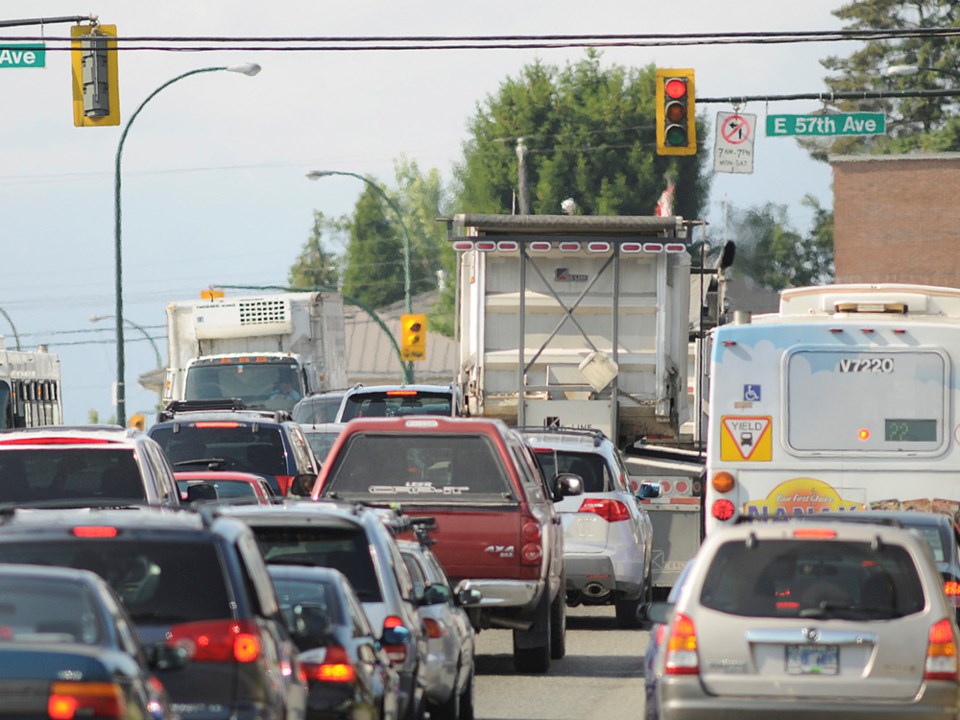Any plan to bring mobility pricing to the region must be fair for residents who have no other choice than to drive, says a new report released Monday by the Canadian Centre for Policy Alternatives.
In his report, Marc Lee, a senior economist with the organization, says the big concern around fairness is that low-income drivers who have no other option but to drive are penalized while more affluent drivers, who live more centrally, have more transportation options and less distance to travel.
“We all know that the cost of housing in Vancouver is ridiculous, that people increasingly have to move further away from the downtown core to find accessible housing and sometimes that’s to areas that are very automobile dependent,” Lee told the Courier.
The report comes out ahead of the expected recommendations from the independent commission on mobility pricing convened last year by TransLink and the Mayor’s Council on Transportation. The commission is expected to come forward with a report and recommendations by the end of April or early May. The commission is looking at two mobility pricing models — congestion point charges, which could result in tolls on most bridges and other key choke points on highways, and distance-based charges, which would vary by time and location.
“Overall a lot of the focus on mobility pricing at the commission level has been around congestion. Everyone knows congestion is bad, it’s getting worse, it’s bad for people driving, it’s also bad for people on transit, and as the population is anticipated to grow in the region we can’t increase the number of cars in the same proportion,” Lee said.
“We have limited ability to add more capacity on to the roads. Ultimately we need to be making a shift as all larger cities do towards more people traveling in higher efficiency modes, like public transit.”
In order to be fair, Lee states in his report, a system of mobility pricing must include a credit for low-income drivers who have no other option but to drive, expand public transit first and level the playing field with other modes of transportation by applying mobility pricing to ride-hailing and car-sharing services.
He also stressed that ideally the public transit system would be built out before bringing in mobility pricing.
“You need to give people more options or they’re going to feel penalized and if they feel that way then it’s going to be harder for any system to pass that democratic test.”
Lee said while transit improvements planned in phase two of the mayors council’s 10-year vision, the Broadway subway, light rail in Surrey and more buses, is an improvement but doesn’t go far enough.
“We’re still pretty far away from where cities like London or Stockholm were when they brought in mobility pricing,” he said. “London had a much higher level of public transit use before it started to talk about mobility pricing, and the same thing with Stockholm.”
Lee looked at the mobility pricing programs in those two cities, and found that traffic dropped by about 20 per cent almost right away.
Stockholm is an interesting case study for this region, he said, because, like Vancouver, the city has a lot of water crossings.
“They basically tolled all of those crossings getting into the central city,” Lee said.
The tolls were brought in on a six-month trial basis and at the end of the trial the city held a referendum.
“Even though in the early stages there was more opposition from drivers, by the time the referendum came around and people saw the results on the ground the referendum passed and now years later it’s even more popular,” Lee said.



